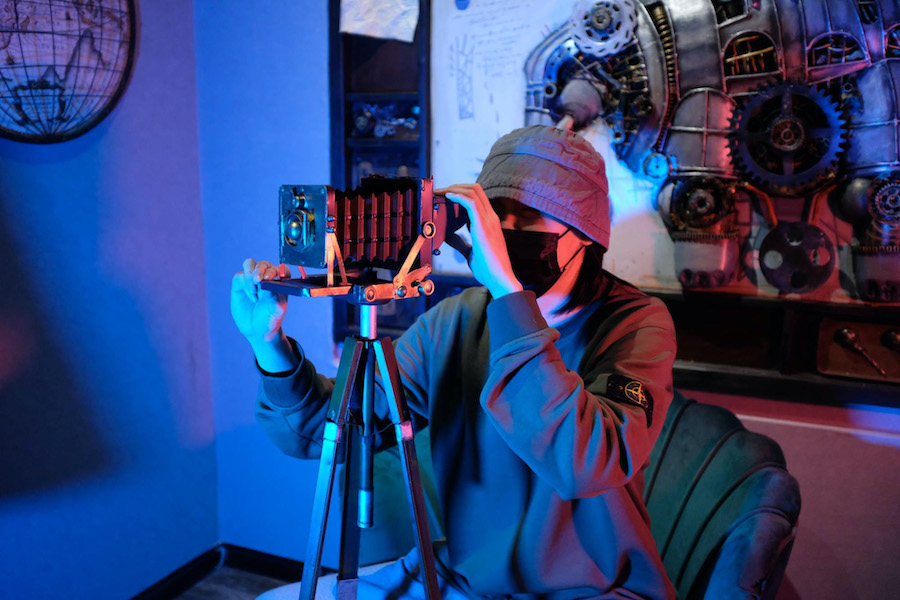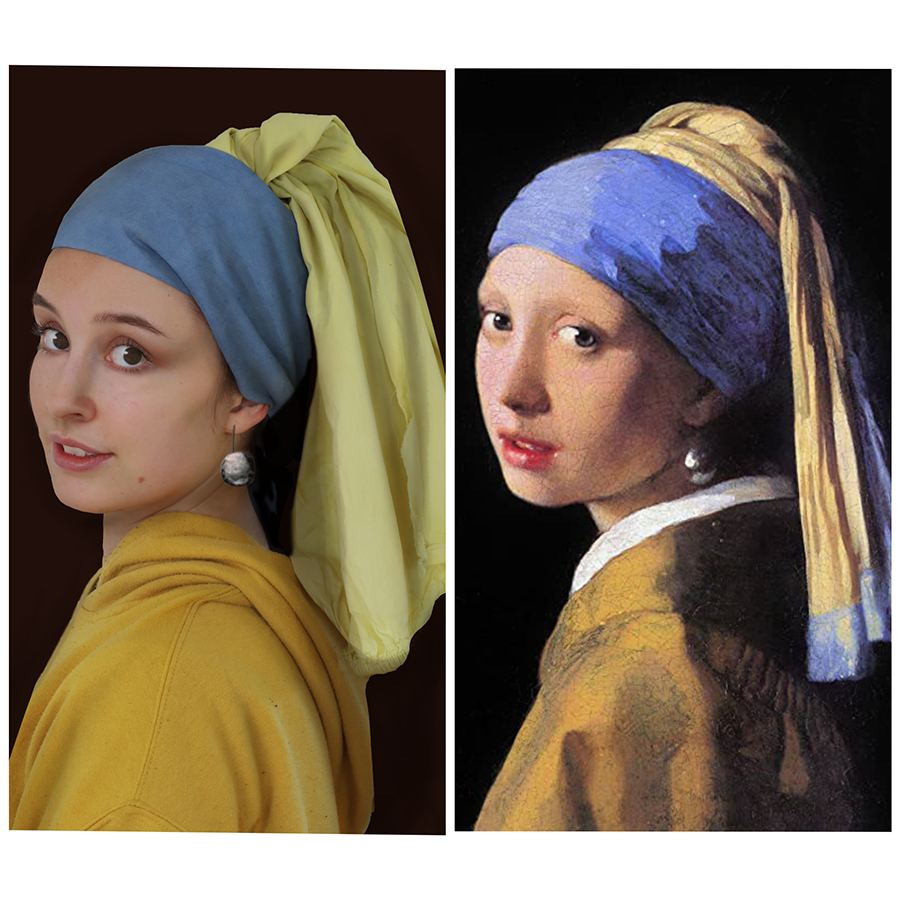Digital Documentary Production
Documentary films by students in FILM 371 This third year course in Digital Documentary Production introduces students to the theory and practice from the point of view of producer, writer, and director of documentary filmmaking. Students build a foundation of directing, shooting, and editing to create a short-form documentary as their final project for the course. Normally, students in this...

 Follow
Follow







